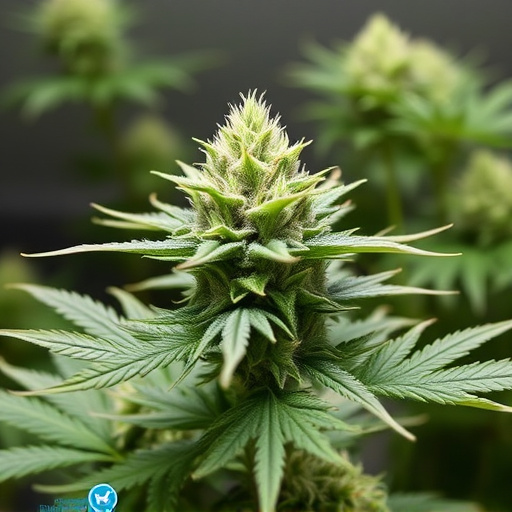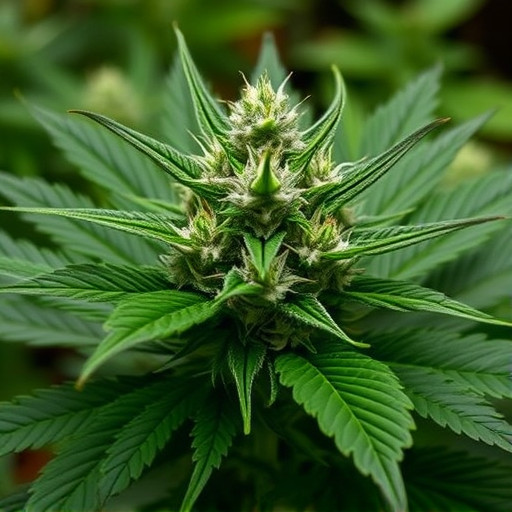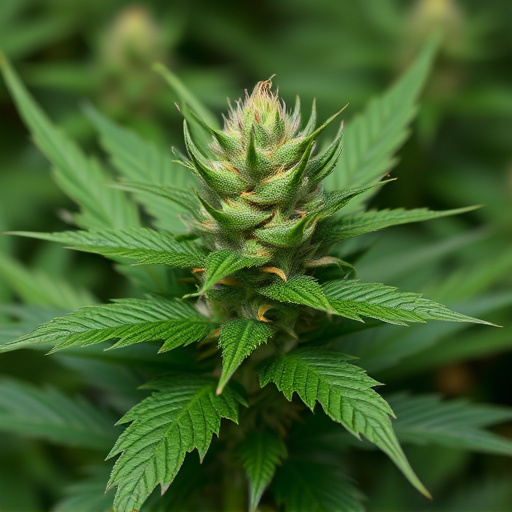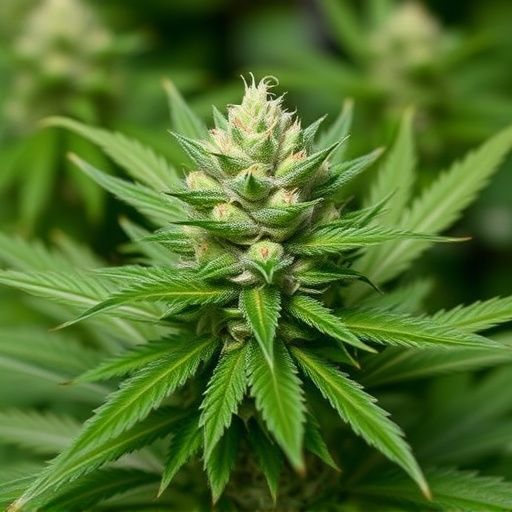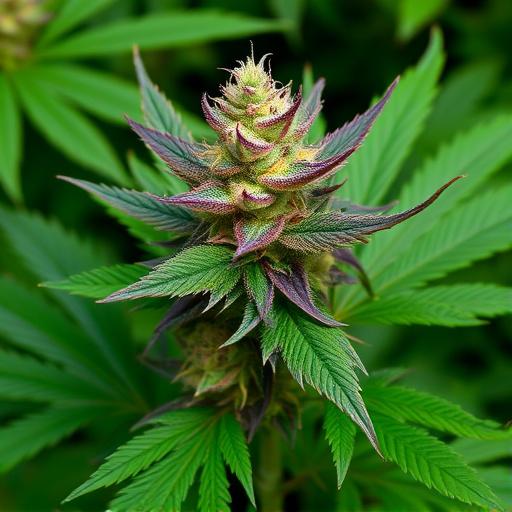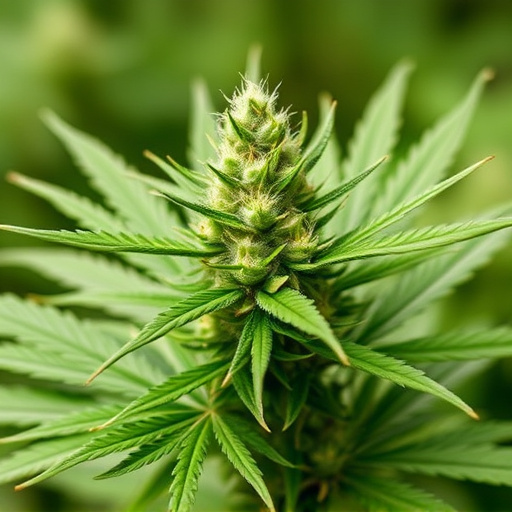The unique aromas of cannabis are driven by genetics and terpene profiles, creating a spectrum from fruity to spicy scents. Terpenes, natural aromatic compounds, not only define these smells but also interact with cannabinoids, offering potential therapeutic benefits crucial for patients seeking specific effects. Understanding the genetic makeup of medical cannabis strains is key for consumers wanting desired aromas and therapeutic properties. Best medical cannabis strains showcase diverse terpene profiles, catering to personal preferences and enhancing the medicinal experience through a range of sensory appeals. Terpenes, like myrcene, limonene, pinene, and linalool, are sought-after for their distinct therapeutic qualities.
Unraveling the mysteries behind the captivating aroma of cannabis is a fascinating journey. This article explores what truly gives the best medical cannabis strains their unique scents, delving into key determinants like genetics and terpene profiles, environmental factors, and processing techniques. Discover how these elements combine to create diverse aromas, from floral and fruity to earthy and spicy, offering a sensory experience that complements each strain’s therapeutic potential.
- Genetics and Terpene Profiles
- – The role of cannabis genetics in aroma development
- – Terpenes: types, functions, and their impact on scent
Genetics and Terpene Profiles

Cannabis aroma is a complex interplay of various factors, with genetics and terpene profiles playing a pivotal role. Every cannabis plant boasts a unique genetic makeup that dictates its fundamental characteristics, including scent. The genetic diversity among strains contributes to an astonishing array of aromatic profiles, from fruity and floral to earthy and spicy notes.
Terpene profiles further enhance the cannabis aroma landscape. Terpenes are aromatic compounds naturally present in cannabis plants, acting as nature’s essential oils. They not only give cannabis its distinctive smell but also interact with cannabinoids like THC and CBD to create what is often described as the “entourage effect,” where the whole plant’s properties may be greater than the sum of its parts. Certain terpene profiles are associated with specific strains, contributing to their unique scents and potential therapeutic benefits, making them sought after among those seeking the best medical cannabis strains.
– The role of cannabis genetics in aroma development

The genetic makeup of cannabis plants plays a pivotal role in shaping their unique aromas, which can vary greatly among different strains. Each strain possesses specific genetic traits that influence the production and composition of terpenes—aromatic compounds responsible for the distinct smells we associate with various cannabis varieties. For example, certain genetics may lead to higher levels of myrcene, known for its earthy, musky notes, while others might produce more limonene, contributing to fresh, citrusy aromas.
When it comes to best medical cannabis strains, understanding their genetic background is essential for patients seeking specific therapeutic effects and desirable scents. Terpene profiles vary across strains, offering a range of aromatic experiences from sweet and fruity to spicy and floral. This diversity allows consumers to choose varieties that cater to their personal preferences, enhancing the overall enjoyment and sensory experience of using cannabis for medical purposes.
– Terpenes: types, functions, and their impact on scent
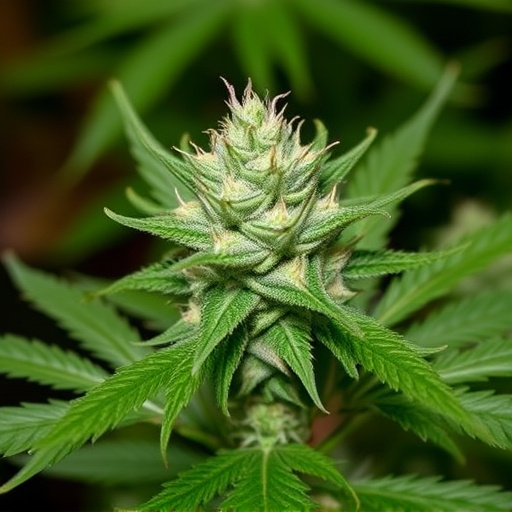
Terpenes are a diverse group of aromatic compounds that play a pivotal role in shaping the distinctive scents and flavors associated with cannabis. These volatile molecules, often referred to as nature’s essential oils, contribute significantly to what makes different strains of medical cannabis so unique. Terpenes not only influence the aroma but also interact with cannabinoids, enhancing or modifying their effects.
Among the most prevalent terpenes in cannabis are myrcene, limonene, pinene, and linalool. Myrcene, known for its earthy and musky notes, is often linked to relaxing and sedative effects, making it a desirable component in many best medical cannabis strains. Limonene offers a citrusy aroma and has uplifting properties, while pinene imparts a refreshing pine-like scent and may provide respiratory relief. Linalool, with its lavender-like fragrance, is renowned for its calming and stress-reducing effects, making it a popular choice in various cannabis products.
The unique aroma of cannabis is a complex interplay between its genetic makeup and the chemical compounds it produces. Cannabis genetics play a pivotal role in shaping the overall scent profile, with different strains boasting distinct terpine combinations. These terpenes, diverse in type and function, significantly influence the olfactory experience, contributing to the vast range of aromas found in the best medical cannabis strains. Understanding these factors is key to appreciating the intricate chemistry behind the familiar and sought-after scents that make cannabis such a compelling subject of study.


